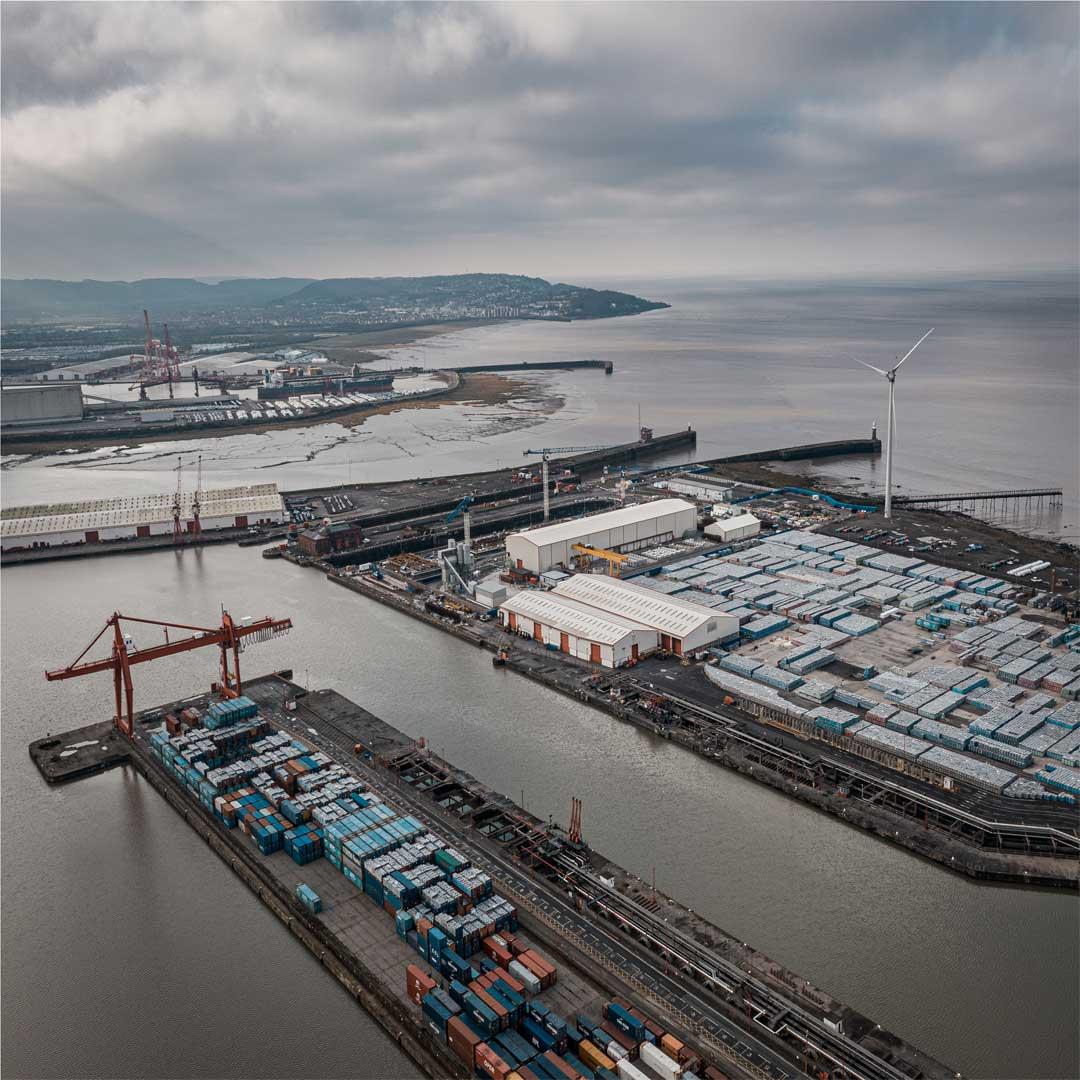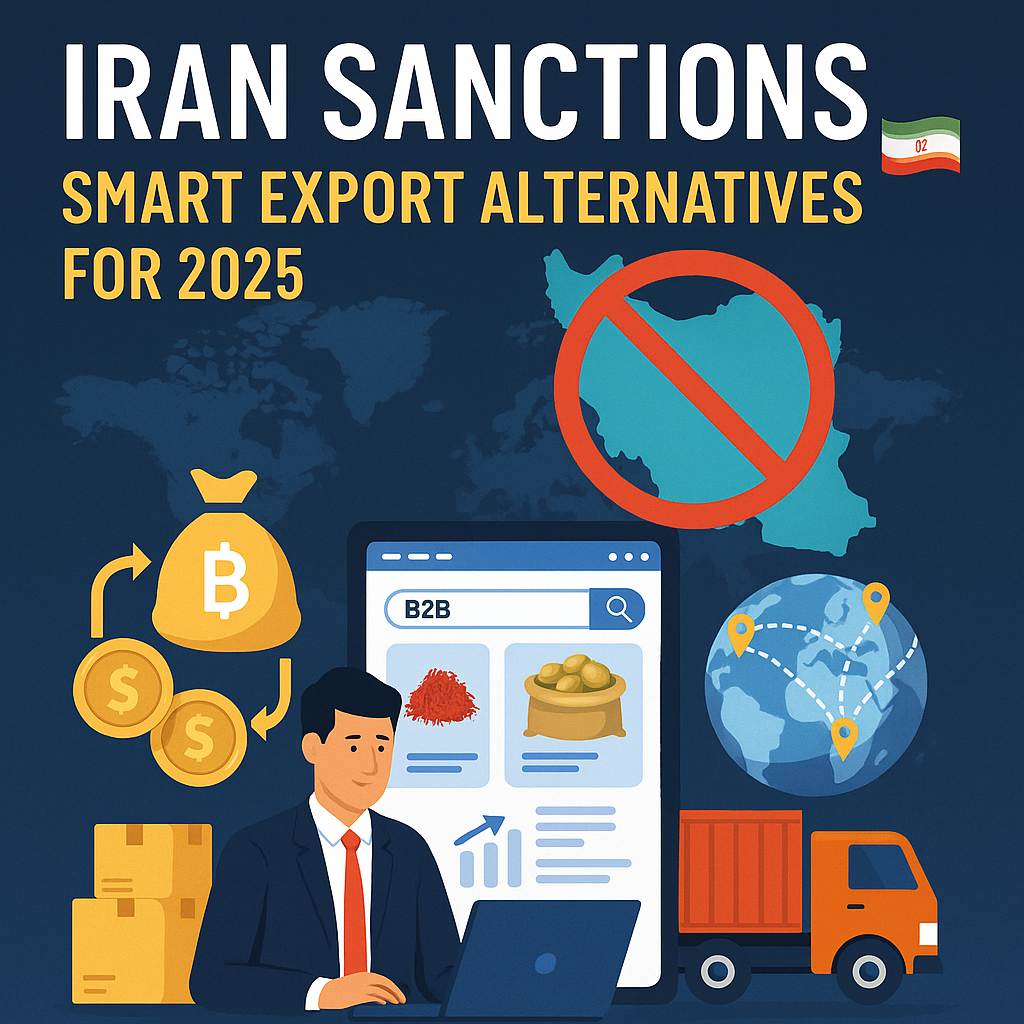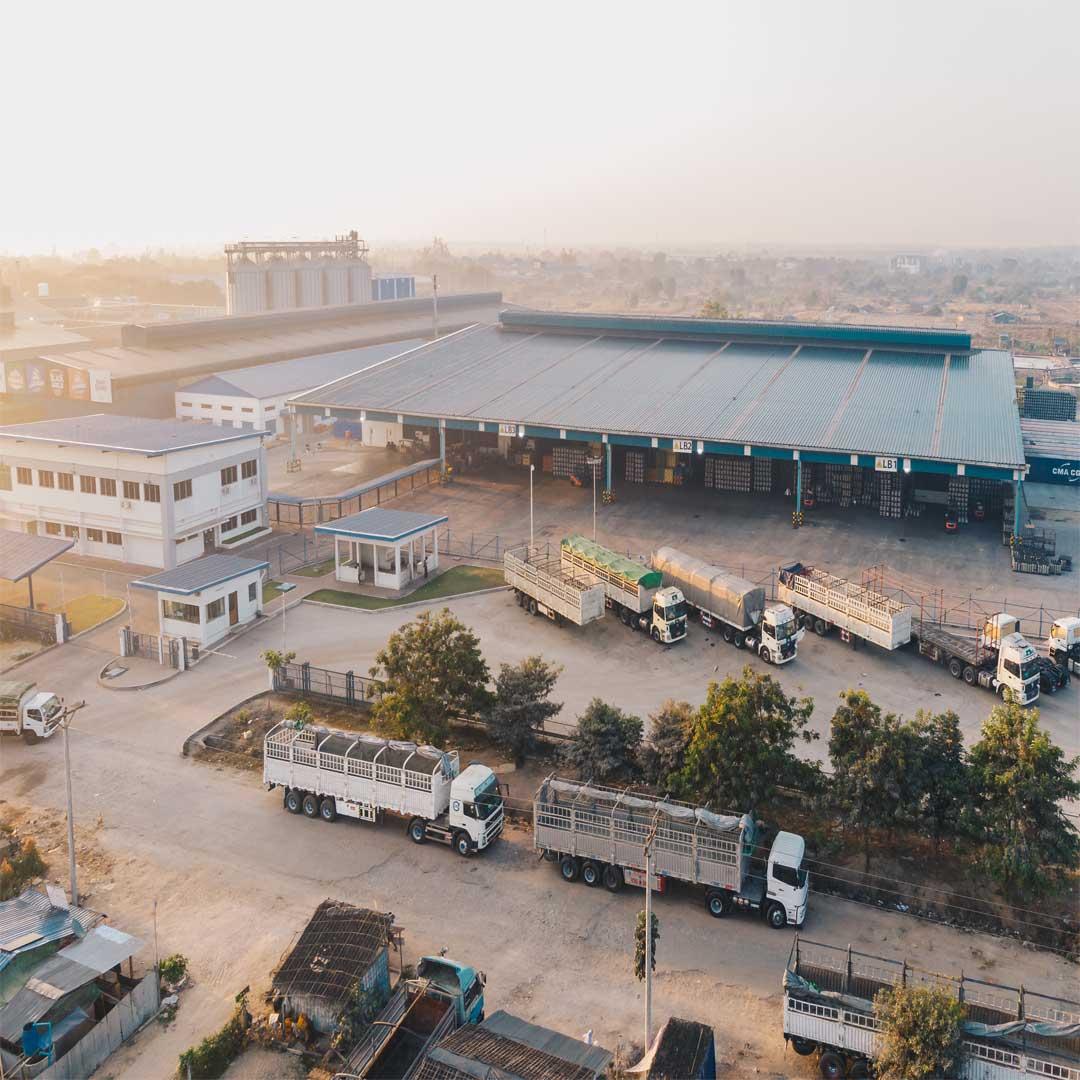Iran’s growing plastic and petrochemical industry, its global trade partners, and production trends. Learn how the Abris...
Reviving Iran-Tajikistan Trade: Key Exports & Digital Solutions for Growth
Iran’s Export Journey to Tajikistan: From Flourishing Trade to Reviving Relations
The trade and economic relations between Iran and Tajikistan have always been significant due to deep cultural, linguistic, and historical ties. These collaborations entered a new phase after Tajikistan gained independence in 1991, with Iran being one of the first countries to officially recognize its sovereignty and open an embassy in Dushanbe.
The Beginning of Exports and Economic Development
During the 1990s and early 2000s, economic relations between the two countries experienced steady growth. Iran played a vital role in Tajikistan’s development projects during this period, notably investing in infrastructure such as the Istiqlol (Independence) Tunnel, roads, and the Sangtuda-2 hydroelectric power plant. These collaborations provided a solid foundation for increasing Iranian exports to Tajikistan, including construction materials, industrial goods, pharmaceuticals, food products, household appliances, and technical-engineering services.
Decline in Relations and Export Slowdown
However, from around 2012 to 2019, relations between Iran and Tajikistan cooled significantly. Various factors, including political tensions, external pressures, changes in Tajikistan’s domestic policies, and misunderstandings between the two countries, contributed to reduced economic cooperation. During this period, Iran’s exports to Tajikistan declined, and many joint projects were either halted or scaled down.
Reviving Relations and Resuming Cooperation
In recent years, especially since 2021, high-level visits and new agreements have led to a renewed improvement in bilateral ties. In 2022 and 2023, Iranian exports to Tajikistan once again began to rise. Iran successfully increased its exports from around $60 million in 2020 to over $120 million in 2023.
Key and Profitable Iranian Export Products to Tajikistan
One of the greatest advantages Iranian exporters enjoy in the Tajik market is the shared language and cultural similarities. Tajik people speak Persian, making marketing, business negotiations, and implementing economic ideas much more accessible and effective compared to other export destinations.
Despite the temporary decline in trade over some years, Tajikistan continues to represent one of Iran's most profitable export markets, particularly as political and economic interactions improve.
In recent years, the most important and lucrative Iranian export items to Tajikistan have included:
- Polyethylene, chlorovinyl, paints, and resins
- Detergents and hygiene products
- Pharmaceuticals and medical equipment
- Industrial pipes and hoses
- Construction materials such as cement, tiles, and ceramics
- Light and medium industrial machinery
- Food products such as cooking oil, dairy, sweets, and chocolates
- Polypropylene threads, blankets, and textile products
- Dried fruits including raisins, pistachios, and other dried fruits
- Honey, tomatoes, potatoes, saffron, and dates
- Furniture and wooden goods
- Fresh fruits, particularly apples and citrus
This diverse product mix highlights the high potential of the Tajik market to absorb Iranian goods—especially in essential consumer goods, construction materials, and food sectors.
Abrisham Road Platform: A Digital Bridge for Exporting to Tajikistan
In the modern era of international trade, leveraging technology and online platforms has become one of the most effective ways to expand exports. In this context, the Abrisham Road Platform—the first specialized B2B platform focused on exporting Iranian products—has played a pivotal role in strengthening trade relations between Iran and regional countries, particularly Tajikistan.
Tajikistan, with its deep linguistic and cultural ties with Iran, has long been a key target market for Iranian traders. However, the lack of digital infrastructure and limited access to up-to-date commercial information previously caused many opportunities to be overlooked.
That’s where the Abrisham Road Platform stepped in. This platform was developed to create a secure, intelligent, and direct connection between Iranian producers and Tajik buyers—enabling product showcases, business negotiations, and formal trade agreements.
Key Advantages of the Abrisham Road Platform for Exporting to Tajikistan:
- Wide online promotion of Iranian products to Tajik buyers
- Easy access to the target market without relying on traditional intermediaries
- Accurate and updated insights into Tajikistan’s market needs
- Support for trade negotiations, logistics, and customs processes
- Ability to conduct negotiations in Persian with Tajik counterparts
Thanks to the Abrisham Road Platform, many small and medium-sized Iranian businesses that previously lacked the means to enter export markets can now easily engage in international trade and offer their products in Tajikistan.
Conclusion
The trade relations between Iran and Tajikistan—rooted in shared cultural, linguistic, and historical foundations—have seen both highs and lows since Tajikistan’s independence in 1991. During the 1990s and early 2000s, Iran’s investments in infrastructure projects such as the Istiqlol Tunnel and Sangtuda-2 power plant boosted exports of construction materials, pharmaceuticals, home appliances, and engineering services. However, from 2012 to 2019, political tensions, foreign pressure, and misunderstandings led to reduced trade and economic cooperation.
Since 2021, renewed diplomatic engagement has reinvigorated trade ties. Iranian exports to Tajikistan rose from $60 million in 2020 to over $120 million in 2023. Key export items include petrochemical products, detergents, pharmaceuticals, construction materials, machinery, food products, dried fruits, and textiles. In this context, the Abrisham Road digital platform has played a significant role by facilitating direct connections between Iranian suppliers and Tajik buyers, empowering even small and medium-sized exporters to access and succeed in the Tajik market.




